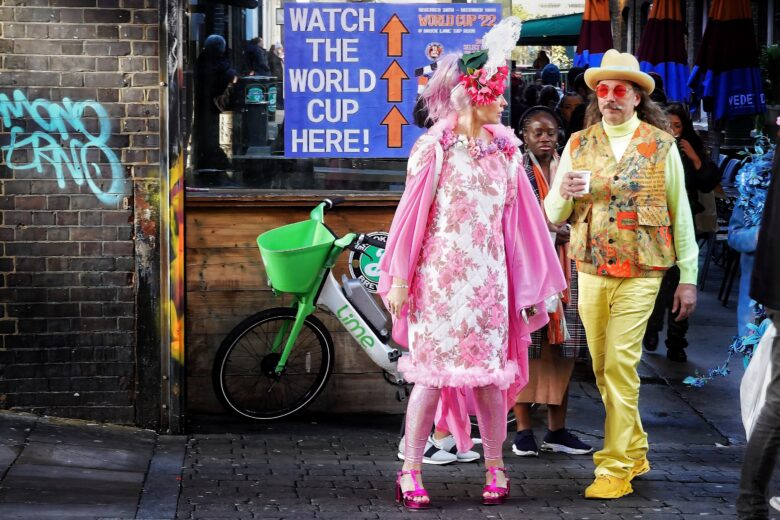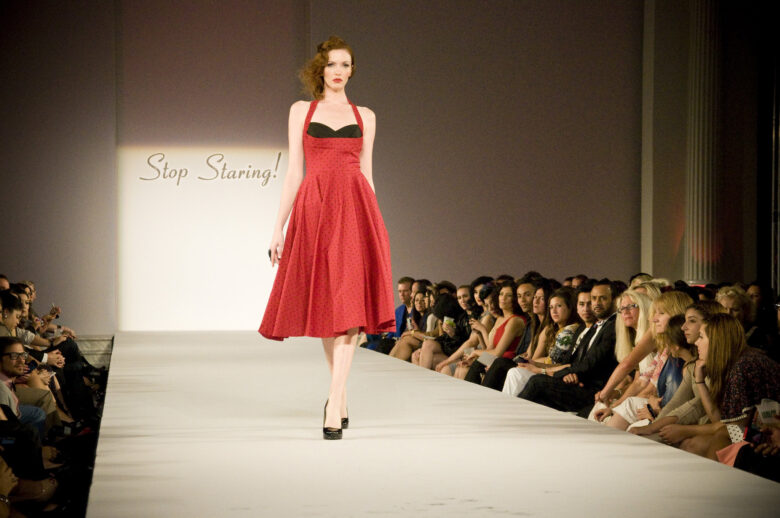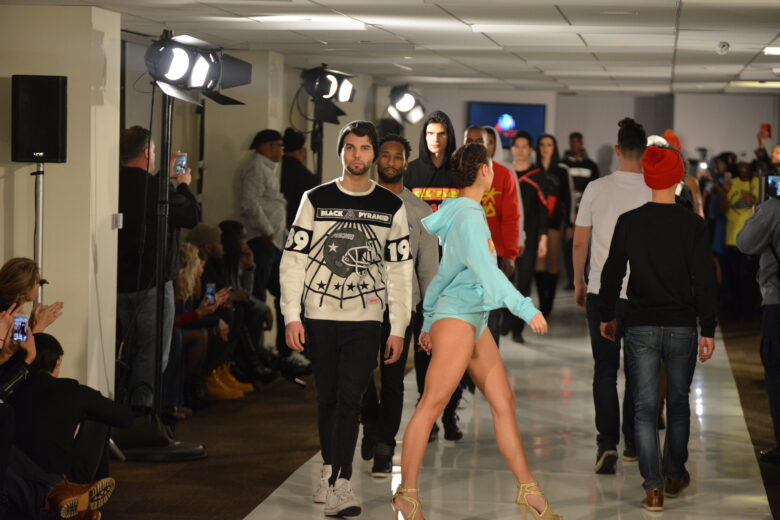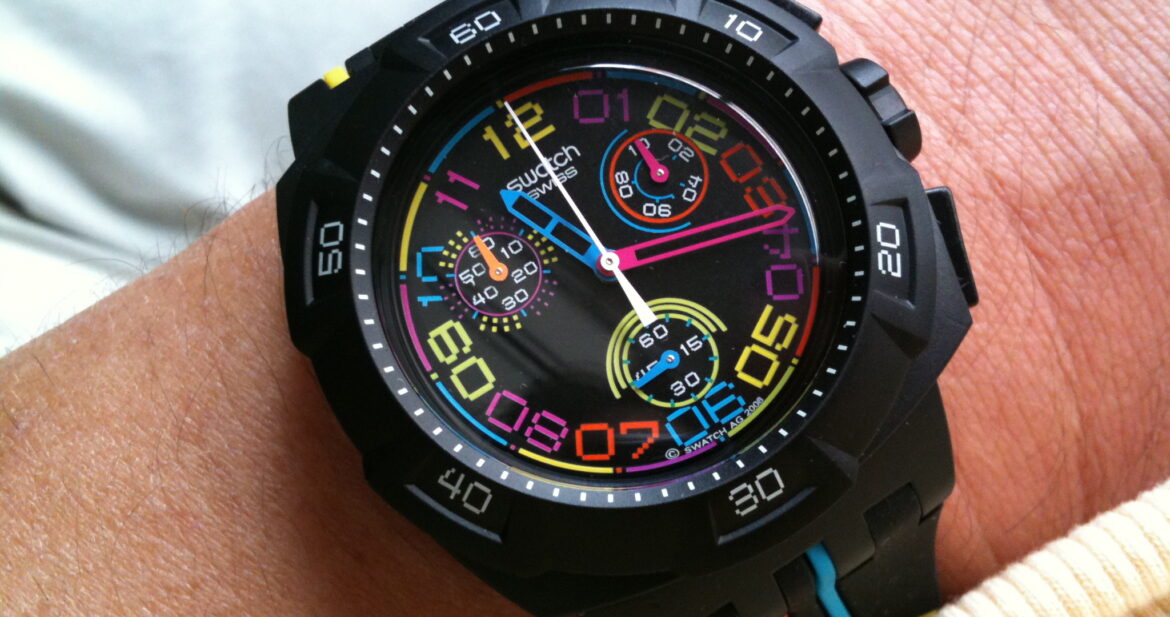In fashion, everything old eventually becomes new again. As we move through 2024, we see a significant resurgence in retro trends, echoing the styles of the previous decades. This revival is not just about nostalgia; it’s about reinterpreting classic styles with a modern twist, making them relevant for today’s fashion-forward individuals. This article explores the key drivers behind this trend, from the influence of pop culture to technological advancements and the growing emphasis on sustainability. But first, let’s start by defining the term.

What does ‘retro fashion’ mean?
Retro fashion refers to styles that capture the essence of the 20th century, particularly from the 1940s to the 1980s. These include high-waisted trousers, cat-eye sunglasses and vibrant tie-dye patterns that were distinctive of their times. The current trend isn’t just about replicating these styles but integrating them with contemporary fashion to create something fresh yet familiar.

The influence of the media and pop culture
Iconic films and music from past decades inspire designers to reintroduce these styles into modern fashion. For instance, the 1980s have made a strong comeback (Stranger Things, anyone?), influenced by media portrayals that celebrate the era’s unique fashion sense, such as power suits and bold neon colours, which are seen across various platforms today.
Sustainability and vintage appeal
Sustainability is becoming a cornerstone in fashion, driving the popularity of vintage and second-hand clothing. Consumers are increasingly drawn to sustainable practices, which include shopping for pre-owned watches and jewellery, or recycling and reusing clothing from earlier decades. This shift not only promotes environmental awareness but also gives vintage pieces a new lease on life, blending ethical consumption with stylish, timeless appeal.

Technological advancements in fashion revival
Digital tools and artificial intelligence allow designers to reimagine vintage looks with contemporary materials and techniques. This blend of old and new is crucial in meeting the aesthetic and functional demands of today’s consumers.
Retro fashion in social media and street style
Social media influencers and street style icons are instrumental in popularising retro trends. By incorporating these elements into everyday wear, they inspire their followers to explore and adopt these styles, driving their resurgence. Platforms like Instagram and Pinterest are filled with retro-inspired looks, demonstrating how past decades continue to influence modern fashion.
The rise of these trends is a multifaceted phenomenon. And as we look forward, the enduring appeal of retro fashion is likely to keep evolving, continuously blending the old with the new to create something uniquely contemporary. But first, please, let’s cool it with the high waists, mmkay?
Photo credit: watch, hippies, runway, fashion show

Leave a Reply